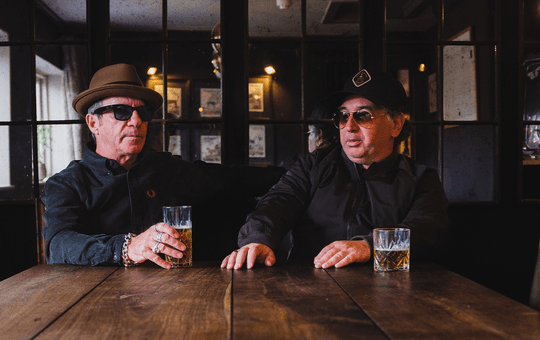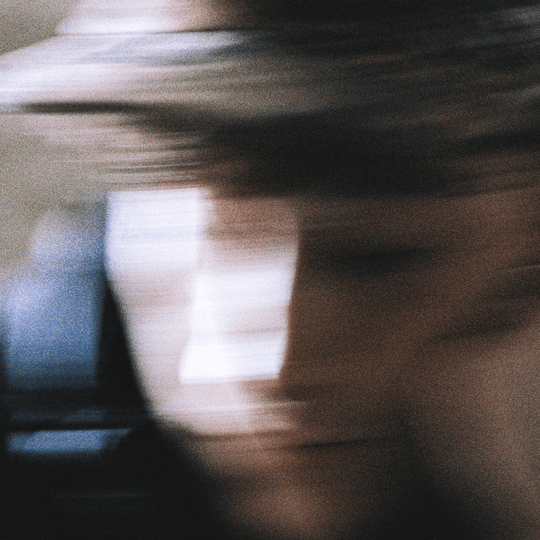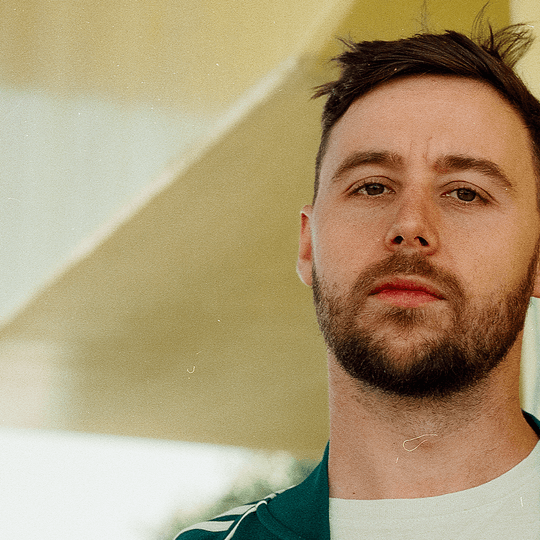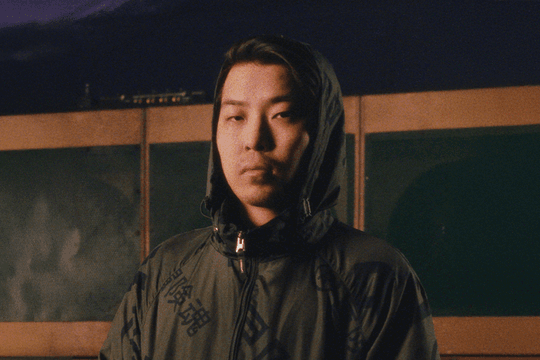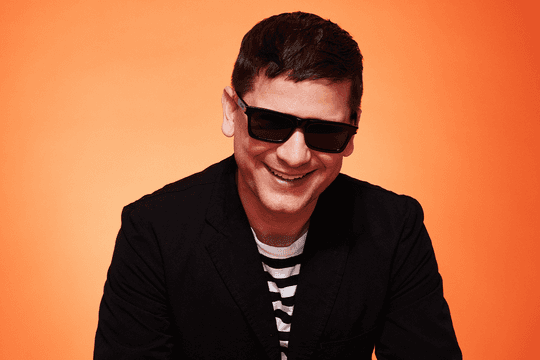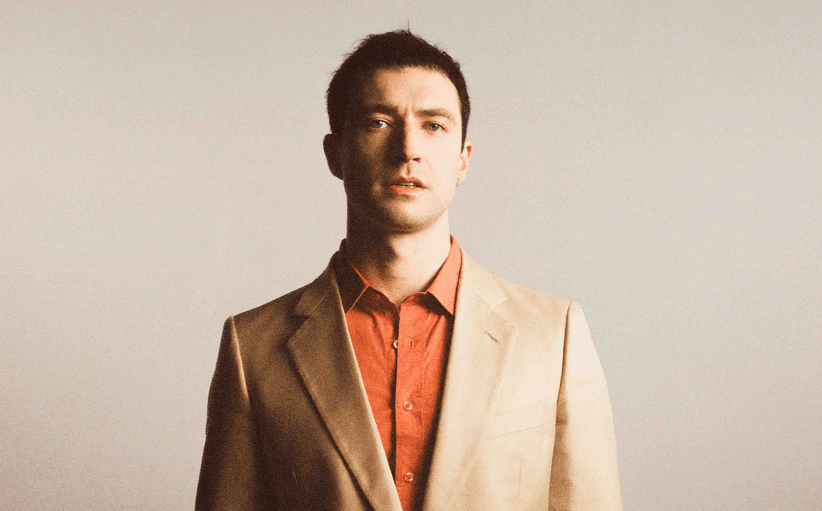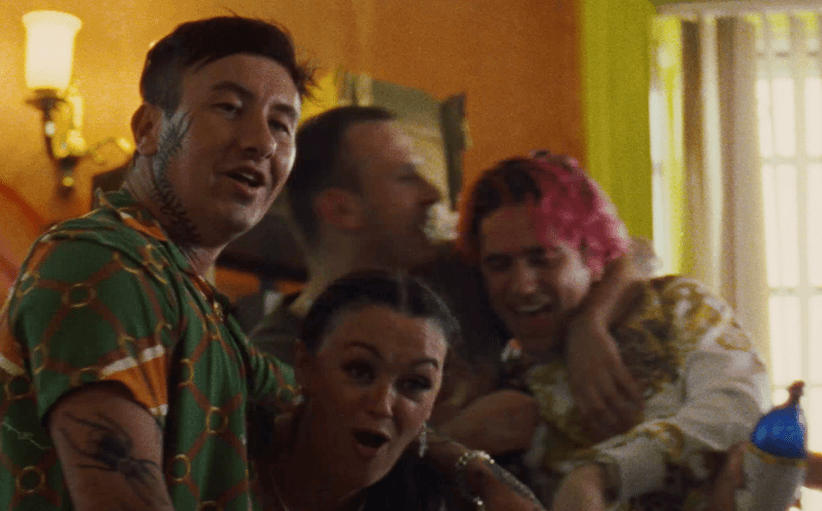A Love Letter To Steve Reid
Stay in the rhythm. These words are scrawled across a copy of Steve Reid’s 1974 LP Rhythmatism that hangs on a wall in my living room. Reid signed it for me in April 2005 after I’d interviewed him for a friend’s now defunct webzine. It was the first interview I’d ever done. I was nervous. The only picture I’d seen of Reid was on the cover of his 1976 album Nova. He’s sitting at his drum kit looking like a revolutionary badass. I spent days listening to that swaggering, intense record, trying to decode its thunder. But Reid wasn’t what I expected. He was a raspy, rangy man with greying hair and a cartoonish cackle. We laughed a lot. Afterwards he introduced me to his wife and band. When I left he gave me a big hug. Hundreds of interviews later and it’s still one of my favourites. He had the most amazing stories I’ve ever heard.
You may know Steve Reid from his collaborations with Four Tet. Indeed, it was during his 2005 trip to the UK that he first met Kieran Hebden. You may know the albums I’ve mentioned, lost landmarks, rescued and reissued by the archive aces at Soul Jazz. If you’ve read anything about Reid, you’ll be familiar with his remarkable life: a dazzling, star-studded journey through half a century of music.
He grew up in Queens, New York, three blocks from John Coltrane. “I barely got through high school because I would be over there at seven-thirty every morning,” he told me. When the Motown Revue played his school, sixteen year old Reid caught his first break. He became a Tamla session musician and played with Martha Reeves & the Vandellas on Heat Wave and Dancing In The Streets. After graduating high school (“just”), he took the drummer’s chair in the Apollo Theater house band, conducted by Quincy Jones. He drummed his way through college. He believed Africa was the birthplace of drumming so spent three years there studying with, among others, Fela Kuti. He returned to the US and joined James Brown’s residency at the Harlem Apollo. “He had a tough way of running his band,” Reid told me. “But I could see that because the band was always on time, people didn’t have to wait for the show to start. If you were late twice you were out… that’s how I got fired.” A pacifist, Reid dodged the Vietnam draft and spent four years in prison as a conscientious objector. He started his own label Mustavic Sound because he had grown weary of the music business. “All this industry shit is just the middle man between the musicians and the people,” he said. “And that’s what’s wrong right now. The middle man tried to make music of his own. You know how that’s working out.” Later, he played with Jimi Hendrix, Sun Ra and Miles Davis. Stories. Lots of stories.
Reid’s drumming was tight, steady, he sounded like he could play on forever. He was a radical, musically and politically. “You can’t trust the politics. You can’t trust the money. You can’t trust religion. What you can trust is good art and pure music. You can trust what comes out of your heart.”
Two days ago, Steve Reid died in New York. He was 66. I’ll finish this love letter the same way I finished our interview five years ago, because this great man’s music will live on: the Steve Reid story does not end here.
Scott Wright writes Pinglewood, a music blog.
